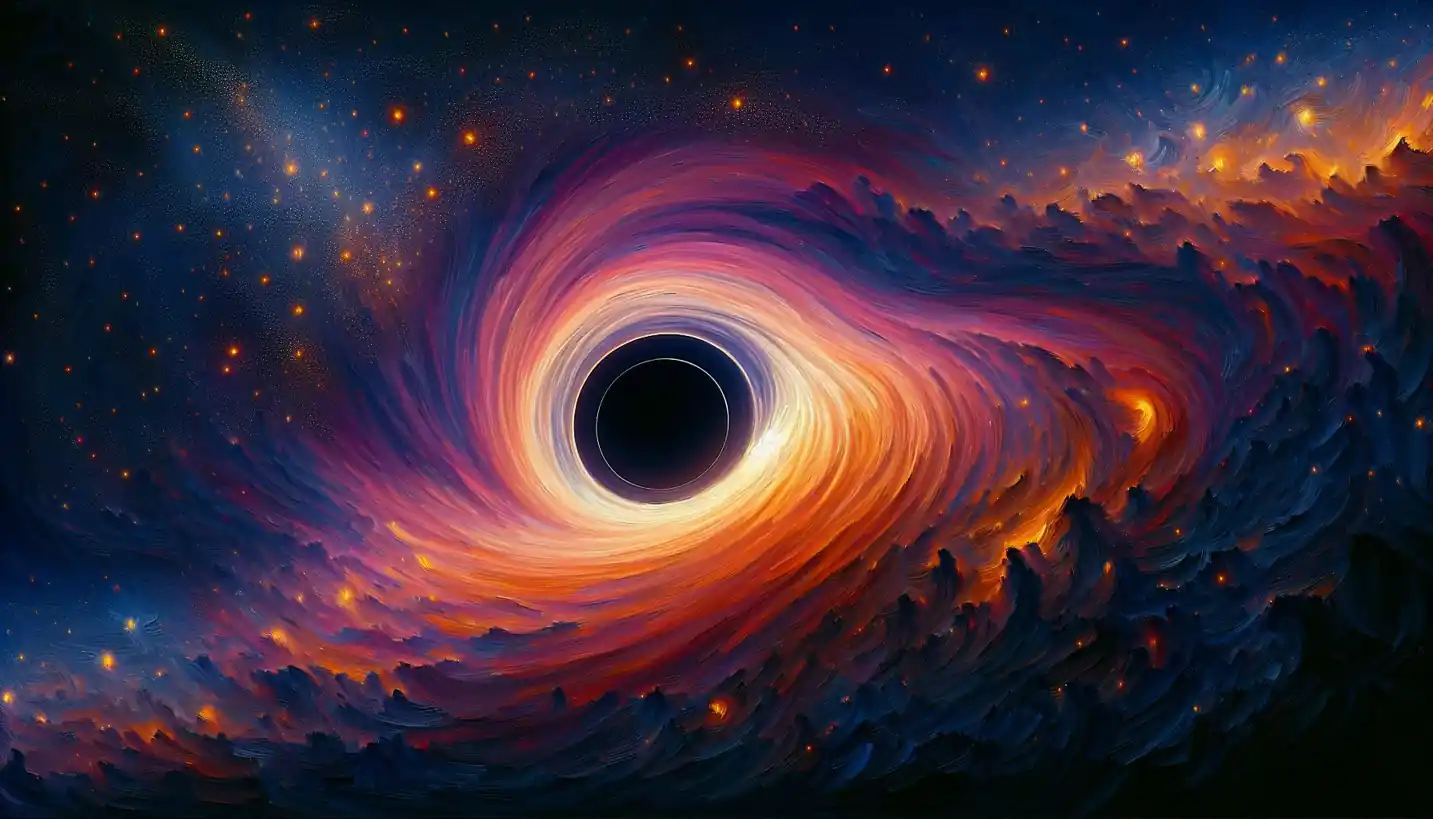· Astronomy · 5 min read
Cepheid Variables: The Stars that Measure the Universe
Cepheid variables, with their brightness changes, are stellar beacons that measure cosmic distances. Uncover how these unique stars have shaped our understanding of the universe.

In the night sky, stars twinkle like distant lanterns hung in the vastness of space. Among these celestial wonders, some stars play a special role in helping us understand the universe, and they’re called Cepheid Variables. These stars might not be famous like the North Star or Sirius, but their importance in astronomy is immense. But what exactly are Cepheid Variables, and why are they so important?
What are Cepheid Variables?
Let’s start with the name. “Cepheid” comes from the constellation Cepheus, where the first star of this type was discovered. Imagine walking into a room full of clocks, each one ticking at a different pace. In a similar way, Cepheid Variables are unique stars that regularly change in brightness. This change happens because the stars actually pulsate, expanding and contracting like a beating heart.
Why do they pulsate, you ask? Well, it’s all about the balance between gravity pulling the star inward and the pressure of the hot gases pushing outward. This dance of forces causes the star to expand and contract, leading to changes in brightness. It’s a spectacular cosmic rhythm, and what’s fascinating is that each Cepheid has its own regular period.
The Magic of the Period-Luminosity Relationship
Now, here’s where the true magic of Cepheid Variables comes in. There’s a strong relationship between the period of their brightness change and their actual brightness, or what astronomers call “luminosity.” Simply put, the longer it takes for the star to go from bright to dim and back to bright, the brighter its true luminosity.
This “Period-Luminosity Relationship” was discovered by Henrietta Swan Leavitt in the early 1900s. Picture a galaxy as a mysterious island far away, and Cepheids are the lighthouses that help navigate there. By measuring the period of a Cepheid Variable, astronomers can figure out its true brightness and then compare it to how bright it appears from Earth. This comparison lets them calculate the star’s distance from us.
Why Are Cepheids Important in Astronomy?
So why do we care about these stellar pulsations? Because they are the key to measuring distances on a galactic scale, something astronomers couldn’t have dreamed of before. Before Cepheids, estimating distances in space was a bit like trying to measure the width of a river by just looking at it. But Cepheids give us the tools to actually measure these cosmic distances accurately.
Thanks to Cepheid Variables, astronomers can measure the distance to nearby galaxies. This ability to calculate vast celestial distances has provided insights into the size and scale of the universe. It’s like unfolding a map and seeing the paths to all the cosmic neighborhoods we couldn’t reach before.
How Cepheids Helped Expand Our View of the Universe
The story of Cepheid Variables becomes truly exciting when you consider how Edwin Hubble used them to revolutionize our understanding of the universe. In the 1920s, Hubble observed Cepheids in the Andromeda Galaxy. Before this, most astronomers believed that the Milky Way encompassed the entire universe. Hubble’s measurements showed that Andromeda was an entirely separate galaxy, millions of light-years away. This discovery revealed that our universe was far larger than anyone had imagined.
Hubble’s work with Cepheids laid the groundwork for the expanding universe theory. By measuring distances to far-away galaxies, and observing their light spectra, he discovered that galaxies are moving away from each other, leading to the monumental idea of an expanding universe.
The Ongoing Role of Cepheids in Modern Astronomy
Today, Cepheid Variables continue to be vital tools in astronomy. They’re used to help fine-tune the measurements of the Hubble Constant, which is a crucial number that describes the rate of expansion of the universe. Understanding this rate is fundamental for exploring questions about the universe’s beginning, its current state, and even its ultimate fate.
Modern technology, like the Hubble Space Telescope, has allowed astronomers to find Cepheids in more distant galaxies than ever before. Each new finding adds another piece to the puzzle of our universe.
Challenges and Future Research
While Cepheids have taught us so much, there are still challenges. For example, the dust and gas in other galaxies can obscure these stars, making it tricky to measure their brightness accurately. However, with advancements in telescopes and techniques, such as infrared observations which can penetrate through dust, these issues are becoming more manageable.
Astronomers are looking forward to unraveling more mysteries with upcoming space telescopes like the James Webb Space Telescope. These projects promise to reveal even more about Cepheid Variables and refine our understanding of the universe’s expansion.
Why It Matters to You
You might wonder why this cosmic dance is important to people on Earth. Understanding Cepheid Variables helps answer some of humanity’s biggest questions: How did the universe begin? What is its future? By piecing together the universe’s timeline, we’re coming closer to understanding the grand story of everything, including our place in it.
In the end, Cepheid Variables are more than just distant stars. They’re like cosmic storytellers, whispering the secrets of the universe across the vastness of space and time. So, next time you look up at the night sky, remember that among those flickering lights, some are busy helping us measure the universe, one heartbeat at a time.


